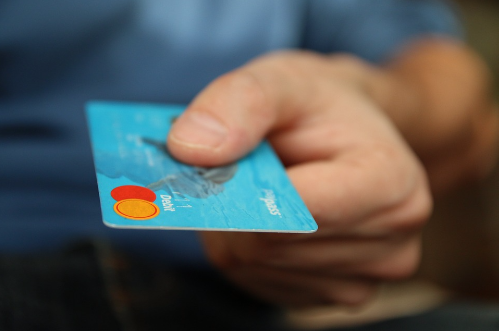Right now, many customers will see the current generation of self-checkout machines so common in supermarkets as modern digital interactive point of sale systems. However, while these are a small triumph, they’re a drop in the bucket when it comes to the changes brick and mortar retailers will have to make to stay competitive in the race against internet sales. Contemporary companies are making big strides in using point of sale/purchase technology to improve, streamline or completely change the way customers interact with their business.
A great example of making a change to the customer service experience is the introduction of Evoke Interactive Kiosks to McDonald’s restaurants. The touch screen device takes orders and serves as a point of sale, allowing staff to focus less on taking payments and orders, instead focusing more on delivering quality customer service. As a model for exploring how a digital point of sale and human staff can interact to improve the customer’s experience, it’s a great start.
Using touch screen devices for customers and staff can actually make the whole system easier in general, even if you still have staff operating them. Touch screen interfaces are easier to get employees up to speed on, so your training curve is lower, and they’re also much easier and more intuitive for a customer to get their head around. Clothing shops such as Debenhams have been able to trust their touch screen point of sale devices to process customer sales with great confidence.
A fixed location point of sale
The idea that the point of sale is in a fixed location might also be something you want to throw out the window. It’s now entirely possible to run your point of sale, or point of payment, from a card reader and a mobile device. Contrary to the example above, where you have a fixed point of sale, any employee can take payments without dragging customers to desks or kiosks. The way this changes how your employees can interact with your customers has endless possibilities when each of them is a point of sale in themselves.
Retailers don’t maintain their loyalty rewards schemes out of the goodness of their heart; aside from giving you an incentive to shop at their outlets, these schemes collect invaluable data about customer habits. A digital point of sale gives you the chance not just to make your retail presence a better experience, but to start collecting data about your customers’ habits so you can adjust your business to their wants and needs.
Many expect the future as not to replace the retail workers on the floor, but to become an ever-more cost-effective option to change the way in which your business interacts with your customers. A constantly changing landscape of technologies makes this an exciting time for physical retail outlets to get creative with what the point of sale is and does in their company.
How is your business changing in regard to this subject and what have you got planned for the future? Let us know in the comments, we’d love to hear about it!
See also: The essential guide to point of sale (POS) systems





